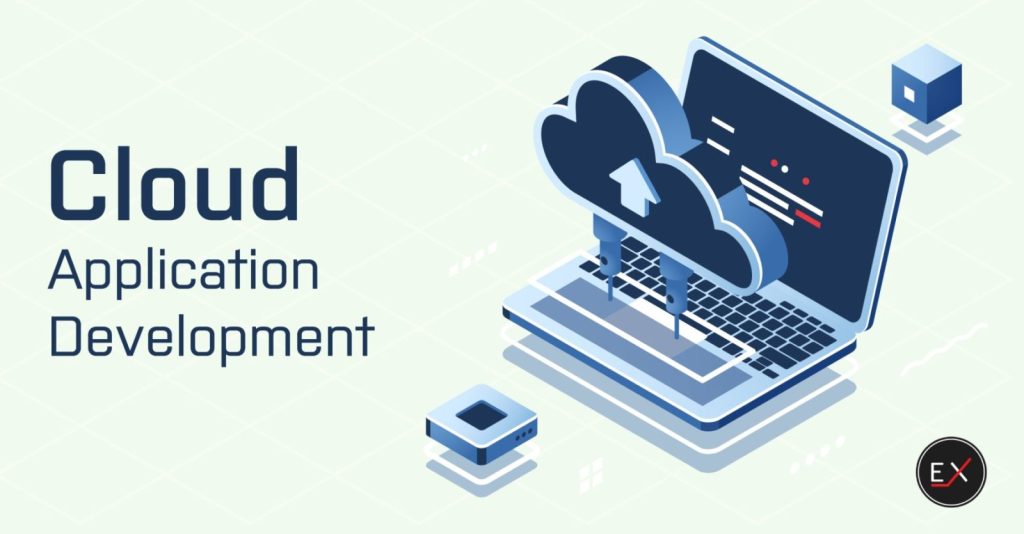
Cloud application development is a necessity in the modern enterprise world. You can hardly find a company that has never used a cloud-based application or any of the SaaS products. Cloud applications are now dominating the market over desktop software for various reasons. The main advantage is they can be accessed at any time from anywhere with any device that has a web browser. Besides, when a company develops a cloud application, it automatically means that all users are working with the same version of the app. This greatly reduces the time and resources required for new features introduction, security updates, and synchronization.
We will look at the advantages of cloud application development later in the article. Now we’ll define the concept. A cloud application is a software that is running on a remote server and accessed by the users via a web browser or local client that serves as a user interface for rendering the content that is processed in the cloud. Thus, a user’s device is used only to input the data, which is consequently sent to the server, where it is processed and sent back to the user. Naturally, all the data is stored in the same cloud environment and can be accessed by all users that have permission.
Let’s name some reasons to start web app development or use web-based solutions:
- Quick implementation. In contrast to desktop applications, cloud apps are much easier to use as they don’t require any specific knowledge and skills from the users
- Availability. Due to the great integration with various devices, you can access a cloud app anytime and from anywhere as long as you have a stable internet connection
- Relatively easy maintenance. The thing is, in the case of cloud solutions, developers have to debug and update a single version in one environment that is shared for all users at the same time, unlike, for example, desktop app development
- Scalability and flexibility. Cloud solutions can provision their capacity in times of growing traffic trends and lower it when the traffic descends. The use of cloud applications prevents enterprises from paying for highly capable servers, even in off-peak times. Cloud services like AWS and Azure have PaaS solutions for automated resources distribution, so app owners won’t pay for the resources that are not used
…………………………………………………………
Read the full article about Cloud Application Development and share your thoughts on it. If you have any additional questions — feel free to contact Existek, and we’ll gladly share our extensive experience with you.